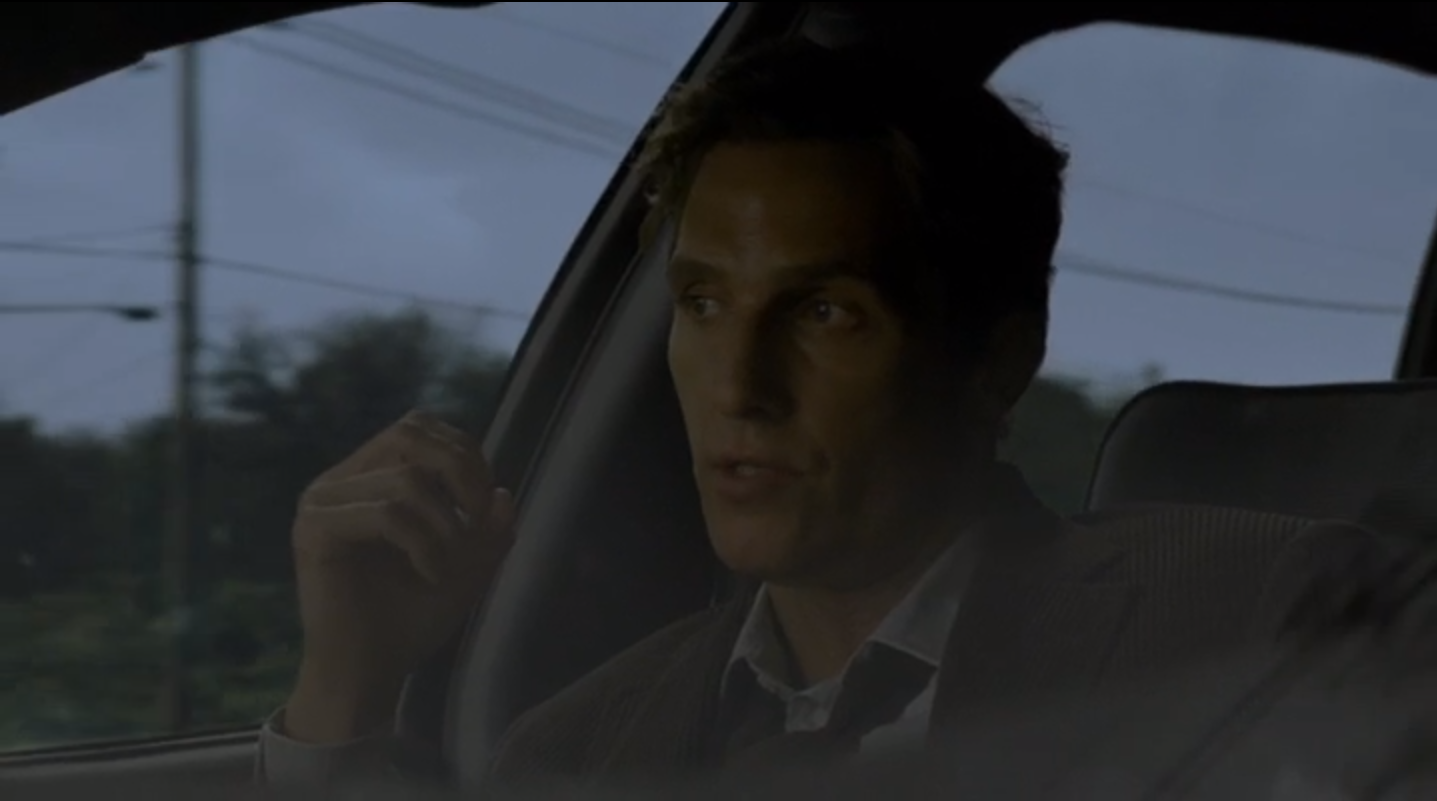It’s really becoming amazing how we conceive of “good” cinematography. What the major awards consider worthy of recognition is often inconsistent and sometimes just plain baffling. “Nebraska” (2013) gets an Oscar nomination, but “12 Years a Slave” gets no love. The Oscars seem to be rewarding the effects heavy, but still strong best picture contender films hence: “Gravity” (2013), “Life of Pi” (2012), “Hugo” (2011), and “Avatar” (2010). On the other hand, the Outstanding Cinematography for a Single-Camera Series Emmy has gone to “True Detective,” “House of Cards,” and “Boardwalk Empire” twice over the same period of time. These are all hard-boiled dramas that thrive off their precision camerawork and evocative lighting. “Game of Thrones,” our representative for effects shows with a stake in the big awards, goes home with no wins and only one nomination over its four seasons. So what gives? This Emmy category is becoming ever increasingly similar to the movies with higher budgets pouring into the shows. Two out of the three are shot on 35mm film and the third, “House of Cards,” is shot on Red Epic with Master Primes, the same setup director David Fincher used on his most recent motion pictures. And yet, we seem to have a different set of criteria going on. It makes me wonder is it all just completely arbitrary? Do the people voting on these awards actually know what they’re doing? Can we come to a consensus on what “good” means when it comes to cinematography?
If we take the first episode of “True Detective” for example, we’ll find that there’s such an incredible range of nuance that Arkapaw brings to the narrative with his framing and composition. The way he brings Hart and Cohle into contention with each other by finding the right place for the camera time after time is really something else. There’s one great shot when they’re at the crime scene, Hart and Cohle are looking opposite directions and Arkapaw frames them in profile so that they’re facing opposite sides of the frame. It’s incredibly telling of their characters, their distinct manners of approaching the case and how their unique aspects will take them on different tracks to finding the truth behind this murder throughout the season.
Arkapaw expertly conveys the characters with his unusual framing.
That kind of thoughtful camerawork comes into play again when they get into the car. The camera is in front of the car facing the back, such that Hart, the driver, is on the camera right side of Cohle in the passenger seat. The brilliance though, is how he composes them in separate shots with Hart on the left side of his frame and Cohle on the right side of the other. They’re each looking away from each other so that their individual shots are balanced and they have ample space in front of them in frame as they look out on the open road. But when those two shots are put together, there’s tension. Something feels wrong about these two characters sitting next to each other having a conversation when they’re on the wrong side of the frame, and looking in the wrong direction. Individually they work; together they’re butting heads and that’s pretty much the story of Hart and Cohle especially at this point in the narrative. Arkapaw is doing so much throughout this episode that tells us about these two characters without drawing any attention to himself. In many cases—I might even venture to say most cases—this is the most laudable cinematography. When it’s truly invisible, but completely colors the perception of the film.
Arkapaw takes any opportunity to convey the characters.
On the other hand, this first episode isn’t what won “True Detective” the Emmy. It was Ep. 4, which is known for a grand 6-minute sequence shot through a massive fight scene with gangsters, police, and our lead characters escaping the ruckus. But I honestly don’t see how this particular shot makes it stand out among the other episodes. Why is it that stringing all the action in a scene together in one shot and just having the camera operator follow the actors around makes it all of a sudden award worthy? My conclusion: The people who are voting on this need something flamboyant to grasp onto. The subtler work is usually lost on them and ends up going unnoticed. That’s why you have the effects movies winning the Oscars. This highlights my biggest concern. Are the movies with the best cinematography really the ones that are being recognized, or is it the ones with the loudest cinematography? “Nebraska’s” black & white photography stands out over “12 Years a Slave’s” beautiful camerawork just because it’s readily noticeable. It seems to be more of a game of showing off what’s happening with the camera and effects than actually making sure that cinematographers are telling the best story they possibly can. In a perfect world, “True Detective” would be able to win the Emmy without that far overblown shot and instead on the merit of the many seemingly innocuous shots that came before it.
-Sheldon J.


